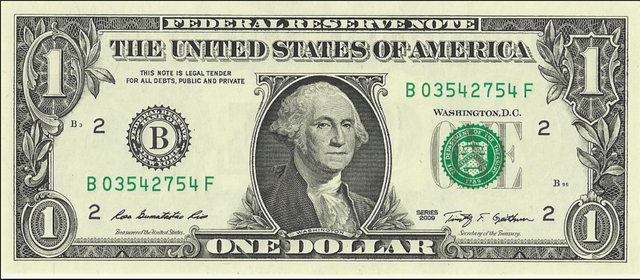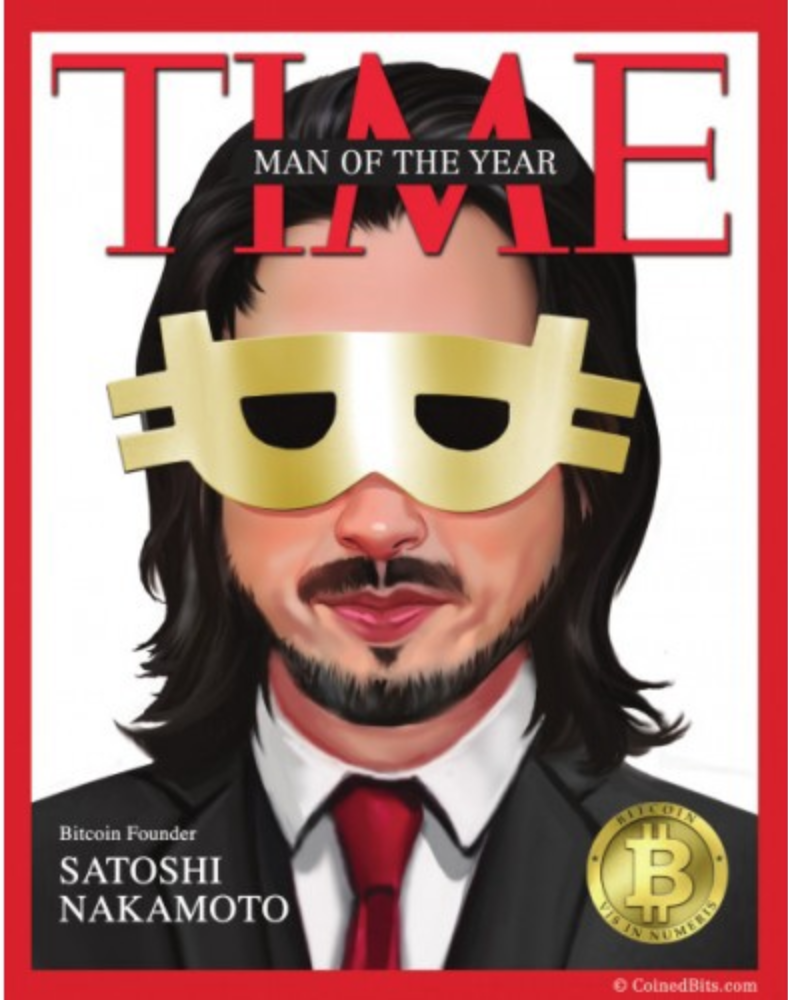
See that string of numbers on the dollar bill?
Imagine walking into a store, and instead of handing over the dollar bill, you just gave them the serial number instead. And they accepted it!
What would stop you from walking next door to another shop and giving them the same serial number if you didn't have to hand over the bill?
A bitcoin, from one perspective, is just a (very long) serial number, like the one on a dollar bill.
Unlike a dollar bill, it can be shared electronically--good luck spending the picture of the dollar on the screen by emailing it to Amazon.
It's useful to 'spend numbers' electronically instead of carrying cash to prove ownership of the dollar we're spending. We pay billions of dollars in fees yearly for banks and credit processors to do exactly that.
When we spend a dollar from our bank account with a debit card, it is just as gone as a physical dollar you'd hand to a clerk. The bank keeps track.
So what keeps a bitcoin from being used twice or more if it's just an oversized serial number?
That is the double spending problem in a nutshell.
Satoshi Nakamoto, bitcoin founder(s), created a technology dubbed blockchain that enables a string of numbers to only be spent once--and to have this securely verified without involving a bank.
Most of us just go along with the way things are. We never saw the 'double spending problem' as a problem because we never tried to create our own currency.
Most of us aren't Satoshi Nakamoto. To the moon!
